Showing 961–970 of 1173 results

The Surya Siddhanta is one of the earliest astronomical texts of the ancient India. Under the tradition of Upanishads, the Surya Siddhanta reveals the knowledge of the planetary motion of the solar system directly given by the Sun god to Mayasura, subsequently passed down in oral form. Later on Varahamihira (ce 505-87) discussed the doctrine of Surya Siddhanta in his book on Pancasiddhantika. The present Hindi translation of the Sanskrit verses of Surya Siddhanta is based on the famous English translations by Reverend Ebenezer Burgess (1860) and Pt. Bapu Deva Sastry (1861).
Significant coverage in the fourteen chapters of the book is on units of time, length of the year of gods and demons, day and night of Brahma, the elapsed period since creation, planetary eastwards movement and sidereal revolution. The lengths of the earths diameter, circumference are also given. Eclipses and colour of the moons eclipsed portion are mentioned. The appendices provide the modern aspect on these topics. The researchers of ancient astronomy and others may find it an interesting reading.
The Surya Siddhanta is one of the earliest astronomical texts of the ancient India. Under the tradition of Upanishads, the Surya Siddhanta reveals the knowledge of the planetary motion of the solar system directly given by the Sun god to Mayasura, subsequently passed down in oral form. Later on Varahamihira (ce 505-87) discussed the doctrine of Surya Siddhanta in his book on Pancasiddhantika. The present Hindi translation of the Sanskrit verses of Surya Siddhanta is based on the famous English translations by Reverend Ebenezer Burgess (1860) and Pt. Bapu Deva Sastry (1861).
Significant coverage in the fourteen chapters of the book is on units of time, length of the year of gods and demons, day and night of Brahma, the elapsed period since creation, planetary eastwards movement and sidereal revolution. The lengths of the earths diameter, circumference are also given. Eclipses and colour of the moons eclipsed portion are mentioned. The appendices provide the modern aspect on these topics. The researchers of ancient astronomy and others may find it an interesting reading.
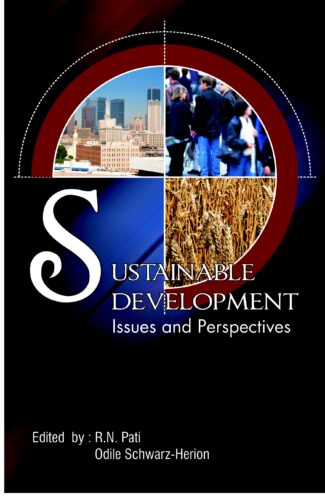
It is realised that the synergy between local knowledge and development efforts would ensure the achievement of Millennium Development Goals. This book is an outcome of explorative research conducted on the issues of Sustainable Development by scientists of various research institutes and universities of India and abroad.
Sustainable Development is a major thrust area adopted for all development interventions initiated by different National Governments of the world as a follow up initiatives to resolutions of Millennium Development Goals (MDGs). The First Global Knowledge Conference at Toronto (1997) encouraged world leaders, policy makers, scientists and civil society representatives of developing countries to focus more on community-based knowledge systems and development practices and incorporate them in ongoing development initiatives for achievement of Sustainable Development. It is realised that the synergy between local knowledge and development efforts would ensure the achievement of MDGs. The forces of globalisation have affected the indigenous communities and their empowerment process in different parts of the globe. In 1998, World Bank for the first time launched the indigenous knowledge for development programme to explore local knowledge systems and development practices and integrate the best practices into the framework of Sustainable Development. Linking indigenous knowledge with Sustainable Development has been experimented across different regions of the globe. This book is an outcome of explorative research conducted on the issues of Sustainable Development by scientists of various research institutes and universities of India, Malaysia, Portugal, Switzerland, U.S.A. and Romania. It is recognized that the economic benefits and incentives associated with indigenous practices would ensure preservation of local knowledge and achievement of Sustainable Development.

This biography is a vivid account of Syed Abdul Hasan Ali Nadwis (1913-99) multifaceted personality and his influence among Muslims across the globe. It thus portraits his vision, mission, organizational ability, determination to face challenges, devotion in introducing the essence of Islam to the new generation Muslims.
Syed Abdul Hasan Ali Nadwi (1913-99), an eminent Islamic scholar, thinker, educationist, and reformer of the twentieth century, stood tall across the entire Islamic and Arab world with his sheer faith in Islam, works, reforms, courage, and love for mankind. A gifted speaker and a prolific writer, he wrote more than 50 books and hundreds of papers on history, literature, and theology in both Arabic and Urdu. Syed Nadwi’s literary efficiency was par excellence, having envious profundity in Arabic and Urdu. His Ma Dha Khasarul ‘Alam ba Inhetatul Muslimeen is considered as one of the best books of the twentieth-century Arabic literature.
This biography by his close associate and nephew is a vivid account of Syed Nadwi’s multifaceted personality and his influence among Muslims across the globe, Arab and non-Arabs alike. He was well known for his wisdom, intelligence, foresight, and rapport with numerous intellectuals, religious and political heads in the Muslim world and elsewhere. As an exemplary personalty, he stood firm against the 1975-76 birth-control policy of the Indian government and played a pivotal role in getting the Muslim Personal Law passed in 1985.
This volume portraits Syed Nadwis vision, mission, organizational ability, determination to face challenges, devotion in introducing the essence of Islam to the new generation Muslims. It should entice all new generation students of Islamic history and literature across nations to reform themselves and be a catalyst in Islamic ethics, manners, and vision of a modern Islamic world.

The Taittiriya Upanisad is offered in three chapters treated singly by the author who reveals the invisible thread that runs through them. The analytical commentary results from the insights he has gained from interactions over the years.
The Upanishads capture the quintessence of Indian spiritual wisdom unfolding deep-set, highly perceptive reflections on human existence and how it is related to cosmic mystery. Authored by enlightened seers, at different times, during 1500-200 b.c., the Upanishadic message inheres neither a promise of heaven, nor scare of hell. Rather, it is a magnificent vision that raises human consciousness to sublime heights. The Taittiriya appended to the Krishna (Black) Yajur Veda is one of best among the principal Upanishads. And, schematically, is offered in three chapters, entitled: (1) Shiksha Valli, (2) Brahmananda Valli, and (3) Bhrigu Valli which each Swami Muni Narayana Prasad treats singly, superbly revealing the invisible thread that goes through all of them. With origjnal Sanskrit text, its Roman transliteration and easy-to- understand English paraphrase, this stimulating, at once analytical commentary grows from Swami Muni Narayana Prasads prolonged reflections on the Taittiriya Upanishad, coupled with the insights he acknowledges to have gained from Nataraja Gurus discourses on different Upanishadic themes, Narayana Gurus mystico-philosophical poems, and numerous sessions of intellectual interaction with different groups of scholars.

The Taittiriya Upanisad is offered in three chapters treated singly by the author who reveals the invisible thread that runs through them. The analytical commentary results from the insights he has gained from interactions over the years.
The Upanishads capture the quintessence of Indian spiritual wisdom unfolding deep-set, highly perceptive reflections on human existence and how it is related to cosmic mystery. Authored by enlightened seers, at different times, during 1500-200 b.c., the Upanishadic message inheres neither a promise of heaven, nor scare of hell. Rather, it is a magnificent vision that raises human consciousness to sublime heights. The Taittiriya appended to the Krishna (Black) Yajur Veda is one of best among the principal Upanishads. And, schematically, is offered in three chapters, entitled: (1) Shiksha Valli, (2) Brahmananda Valli, and (3) Bhrigu Valli which each Swami Muni Narayana Prasad treats singly, superbly revealing the invisible thread that goes through all of them. With origjnal Sanskrit text, its Roman transliteration and easy-to- understand English paraphrase, this stimulating, at once analytical commentary grows from Swami Muni Narayana Prasads prolonged reflections on the Taittiriya Upanishad, coupled with the insights he acknowledges to have gained from Nataraja Gurus discourses on different Upanishadic themes, Narayana Gurus mystico-philosophical poems, and numerous sessions of intellectual interaction with different groups of scholars.
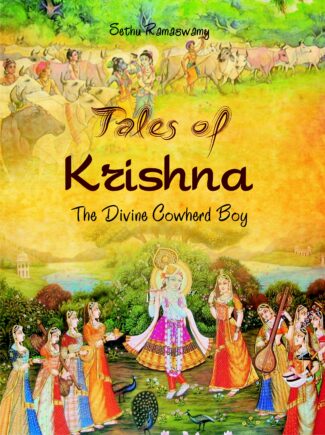
The book presents the stories on Krishna relating to events before and after his birth, his life as cowherd in Gokul, Vrindavan and Mathura and Kansa’s atrocities, his leelas with gopis in Vrindavan, his brave deeds, his visit to Mathura and the death of Kansa.
The book presents the stories on Krishna as contained in the Bhagavata Puranam which was narrated by Sage Shuka to King Parikshit according to legend. The tales relate to events before the birth of Krishna and Krishna’s life as a boy in Gokul, Vrindavan and Mathura. They relate to a number of events and acts relating to the life of Krishna such as Kansa’s atrocities on the people, the plight of Krishna’s parents, Devaki and Vasudeva, the birth of Krishna, his childhood pranks and leelas with gopis in Vrindavan, his brave deeds, his visit to Mathura and the death of Kansa at the hands of Krishna. Written for modern young readers, in a simple and easy-to-understand language, the stories contain the rich religious tradition of India that has come down through the centuries and continue to be revered today.
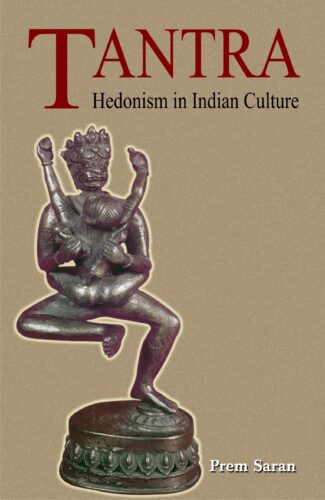
This is a cultural-anthropological study exploring those hedonistic aspects of the pan-Indian heritage which affirm that the pleasurable, especially the sexually pleasurable, is natural as a means to achieve the highest mystical experience.
This is a brilliant cultural-anthropological study exploring those hedonistic aspects of the pan-Indian heritage which, represented by centuries of the non-Vedic, Tantric tradition, affirm that the pleasurable, especially the sexually pleasurable, is natural as a means to achieve the highest mystical experience. Himself a Tantric initiate, Prem Saran offers a compelling, sympathetic analysis of Tantrism, its place in the Bengali and Assamese cultures, and its pervasiveness in pan-Indian thought and ritual generally. Prem Saran’s is also a cultural critique of modern Indian values and life-ways. In addition, it is an exercise in methodology, employing certain anthropological tools and concepts like Cultural Debate, Cultural Criticism, Hindu Renaissance and Pizza-effect the last three having been developed by the late Professor Agehananda Bharati whom the author acknowledges as a constant source of encouragement during the last decade.
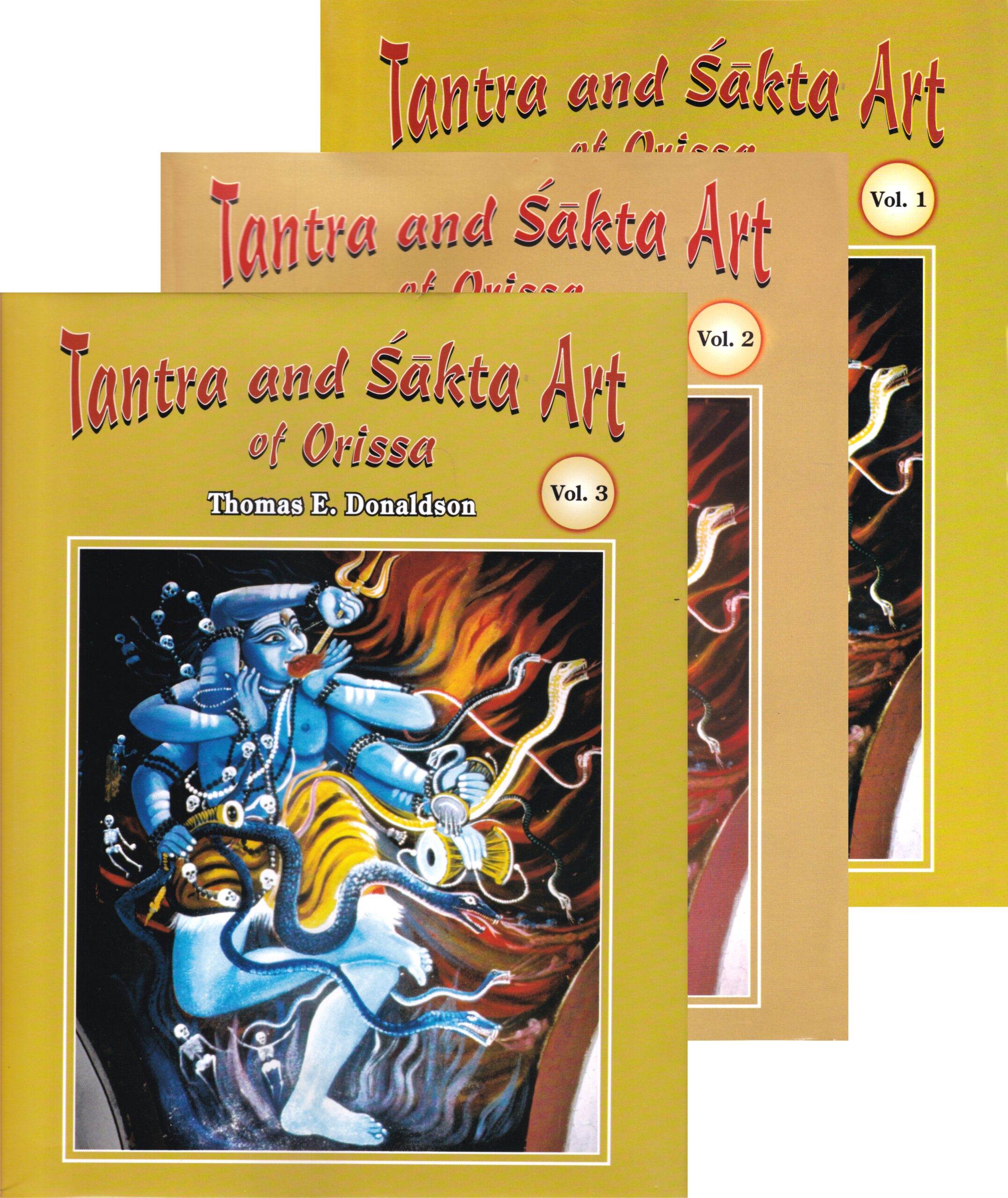
Here Prof. Donaldson presents a rich and variegated picture of the sakta/tantra art of Orissa, highlighting the evolving iconography of individual images. He focuses on different forms and depictions of the Goddess as Sakti, painstakingly analysing the architecture of a number of temples and their images.
The emergence of Tantrism and Shaktism in the sixth-seventh centuries in ancient India symbolised a belief in fertility worship, worship of the female principle with the Devi/Goddess supreme as the Energy/Power the substance of everything, pervading everything. In Orissa in particular, the shakta/tantra cults played a major role in the religion and culture of the region and this is testified by its many temples and sculptural wonders therein. In this work, Prof. Donaldson presents a rich and variegated picture of the shakta/tantra art of Orissa, highlighting the evolving iconography of individual images. Based on largely first-hand study of the temples and their iconography and also referring to various textual sources, he deals with, in detail, the shakta mythology of the region along with its depiction in iconography. He focuses on different forms and depictions of the Goddess the Matrikas, Camunda, Naga/Nagi, Manasha/Jaratkuriu, Tara, the Mahavidyas, the Yoginis and Dakinis and images of Purusha/Prakriti, Agni/Soma and Linga/Yoni, Painstakingly analysing the architecture of a number of temples and their images. The work abounds in photographs (more than seven hundred) revealing the variety of forms of the Goddess and their widespread distribution and provides many maps, diagrams and iconographical charts as well. A thorough research giving attention to minute details even while studying a wide range of iconographical traditions and forms, this work will prove an indispensable source book for young as well as established scholars.
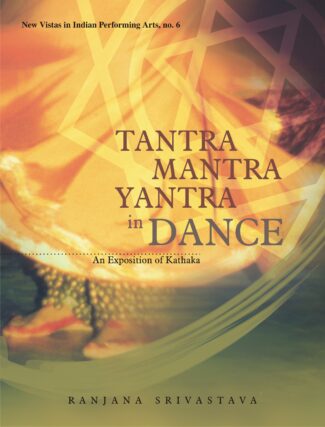
This book explores the roots of kathaka dance forms to reveal its sublime and divine dimension. It discusses the concept of Tantra and Sound and their manifestation in kathaka. It also analyses the distinct yantra formations both in the dance as well as the dance floor.
The Indian perspective has always been holistic and all-inclusive: thought and activity in different fields, at different levels, have been interlinked to produce what has been timeless. Indian arts is a classic example of such amalgamation: it interlinks aspects of art, philosophy, mythology, religion, and mysticism. This book is an attempt to unravel such links with specific reference to the Kathaka dance form. Dr. Ranjana Srivastava explores the roots of Kathaka dance form to reveal its sublime, philosophic, esoteric and divine dimensions. Focussing on inter-relationships, she unfolds how dance embraces other disciplines of Yoga Tantra, Mantra and Yantra. She discusses the concept of Tantra and its approximation and application to the dance form the way Kathaka absorbed the sacred knowledge within its form. She deals with the importance and aspects of sound in the Hindu religious scheme and its manifestation in Kathaka. Explaining the significance of the yantra as a diagrammatic/geometric representation and the way it functions, she analyses the techniques of Kathaka which create distinct yantra formations both in the physical movements of the dancer in the surrounding space as well as on the dancing floor. The study abounds in extensive notes to explain numerous terms and concepts and has references to noted works and authors on the subject. The book will be useful to experts and students of Indian art and, in particular, dance and will interest general people keen to know more about Indias art traditions.
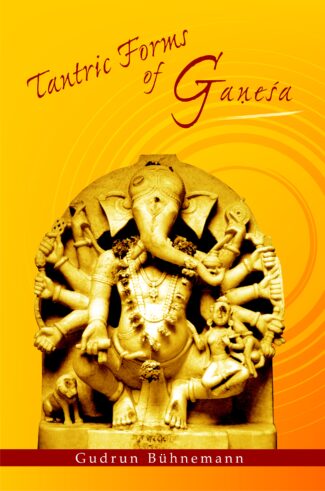
There may be many publications dealing with Ganesa, but only a few take original Sanskrit texts into consideration. Since the Tantric aspects of the deity have been studied too little, this book details fourteen forms of Ganesa as described in the Vidyarnavatantra.
Although the number of publications dealing with Ganesha is not insignificant, few take original Sanskrit texts into consideration. The Tantric aspects of the deity have certainly been studied too little. This book contributes to our knowledge of this less familiar side of Ganesha. It describes his forms according to the Vidyarnavatantra, a large compilation on mantrashastra attributed to Vidyaranya Yati and compiled around the seventeenth century. This text gives the iconographic peculiarities, mantras, and yantras of fourteen forms of Ganesha as well as instructions for the ritual application of the mantras.
| There are no products |